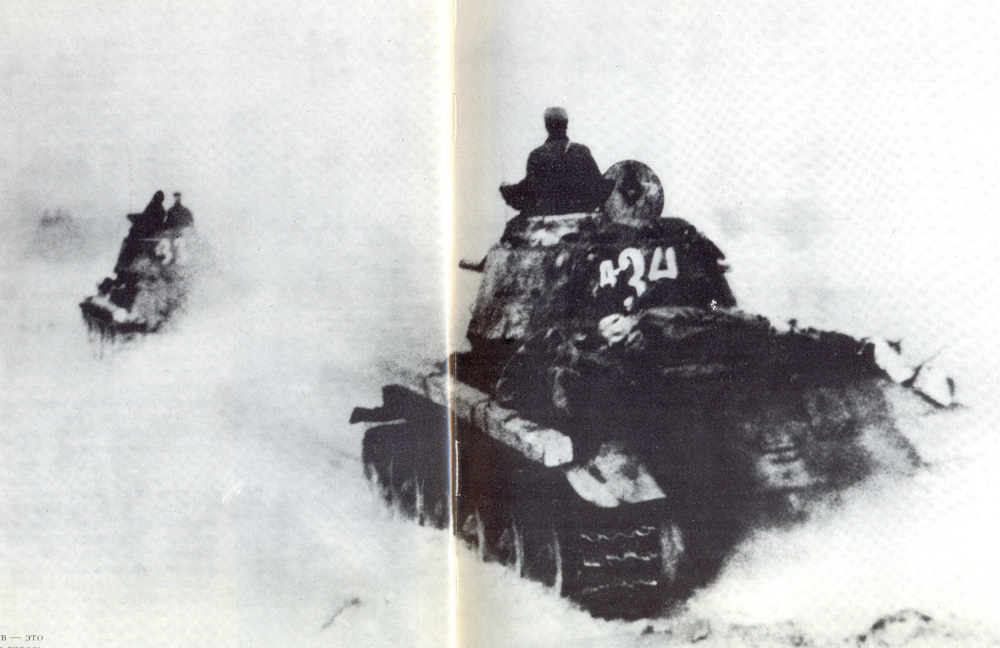ioncore
Member
- Joined
- Jun 1, 2015
- Messages
- 680
- Points
- 43
- Location
- Germany, Lower Saxony
- Website
- ioncore.livejournal.com
3D terrain meshes is also the thing I was thinking about for a long time.
And yes, that's a huge feature and it what'd be the best to combine it with the complete GUI overhaul. I'd think about migrating to something like GPU-friendly (OpenGL-based) free GUI like CEGUI (I had quite an amount of experience with that one and it was quite nice), or just some modern cross-platform GUI that supports OpenGL (Qt would be my first selection here). Aside of 3D terrain, that approach would also allow us to have a cross-platform and truly modern (in terms of speed and scalability) GUI.
But, honestly, there are so many crucial engine features missing. Mounted ops? Engineering & minefields? Environmental effects? Ops boundaries? Enhanced artillery management? Enhanced planning? Enhanced supply model? Campaign mode? You just name it. And there are many gameplay and UI bugfixes to do, as well. So I bet any fancy chrome won't be even seriously considered, as far as existing GUI more or less suits the need. Or, let me say, at least I hope it won't be considered
However, there's one thing that I think is really feasible: the map editor's terrain elevation data generation. Currently scenario designers have to create all the terrain isolines (aka contours) manually via infernal amount of clicking. But there are tons of SRTM (and other sorts of digital terrain elevation) data publicly available that could be used to automate the terrain generation. That'd greatly ease the creation of new maps (both official ones and the ones designed by the community) and provide a wider selection of scenarios over time, also contributing to the community and userbase growth. And, of course, that'd be also the first step towards the future 3D terrains, because converting SRTM (and alike) data to isolines (and other internal in-game data), would certainly require substantial amount of research and implementation related to the elevation grids. And also it's quite compact and manageable in terms of implementation (unlike 3D terrain that'd require to overhaul just everything). But even then it's not a top-priority stuff IMHO and could be addressed, say, after the EF release.
And yes, that's a huge feature and it what'd be the best to combine it with the complete GUI overhaul. I'd think about migrating to something like GPU-friendly (OpenGL-based) free GUI like CEGUI (I had quite an amount of experience with that one and it was quite nice), or just some modern cross-platform GUI that supports OpenGL (Qt would be my first selection here). Aside of 3D terrain, that approach would also allow us to have a cross-platform and truly modern (in terms of speed and scalability) GUI.
But, honestly, there are so many crucial engine features missing. Mounted ops? Engineering & minefields? Environmental effects? Ops boundaries? Enhanced artillery management? Enhanced planning? Enhanced supply model? Campaign mode? You just name it. And there are many gameplay and UI bugfixes to do, as well. So I bet any fancy chrome won't be even seriously considered, as far as existing GUI more or less suits the need. Or, let me say, at least I hope it won't be considered
However, there's one thing that I think is really feasible: the map editor's terrain elevation data generation. Currently scenario designers have to create all the terrain isolines (aka contours) manually via infernal amount of clicking. But there are tons of SRTM (and other sorts of digital terrain elevation) data publicly available that could be used to automate the terrain generation. That'd greatly ease the creation of new maps (both official ones and the ones designed by the community) and provide a wider selection of scenarios over time, also contributing to the community and userbase growth. And, of course, that'd be also the first step towards the future 3D terrains, because converting SRTM (and alike) data to isolines (and other internal in-game data), would certainly require substantial amount of research and implementation related to the elevation grids. And also it's quite compact and manageable in terms of implementation (unlike 3D terrain that'd require to overhaul just everything). But even then it's not a top-priority stuff IMHO and could be addressed, say, after the EF release.
